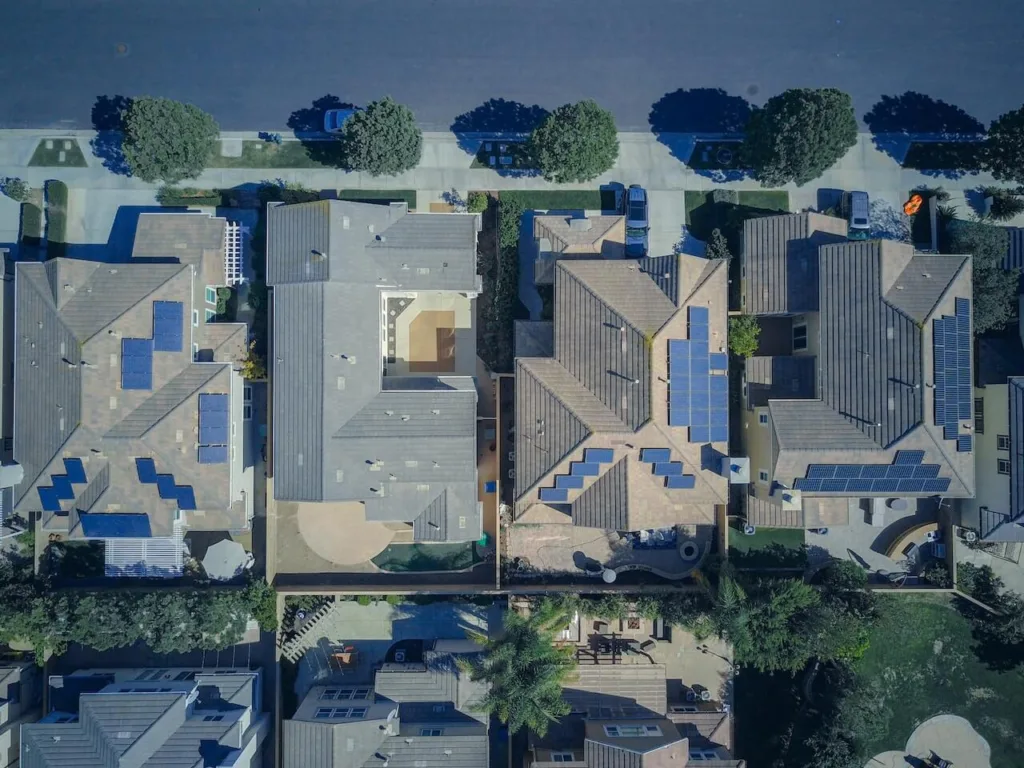Do you know what my best investment was last year? Would it blow your mind if I said it was the money I earned from my solar homes energy savings? To be specific… I made a 21% return last year from my solar panels and energy savings. That’s almost three times the investment return from the S&P 500, the market holding the 500 leading companies in the U.S. Added bonus, it reduced my personal emissions by 40%.
Whether you are thinking of converting an old house or building a new house, this article covers everything you need to learn about this amazing convergence of architecture, technology and sustainable living… and the best ways to get a good return on your investment while doing something good for the planet.
So come along on this captivating journey into the world of solar homes, exploring the benefits, options, advancements, and growing popularity of these innovative dwellings. From rooftop solar panels to passive homes, to energy monitoring and more.
Everything You Need to Know about Solar Homes
1. How Do Solar Homes Work?
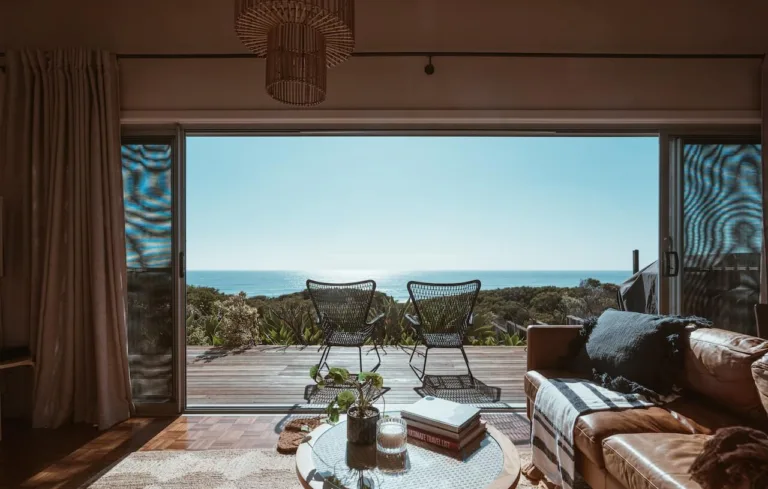
First off, the sun is free… you should use it!
Solar homes work by harnessing the power of the sun to generate electricity or provide heating and cooling. Surprisingly, there is not just one type of solar home. You can have:
- Homes with solar panels to generate electricity;
- Passive homes that use specialized designs for free heating and cooling;
- Active solar homes that utilize various technologies for heating water, air, and lighting;
- Solar communities that take advantage of people’s pooled incomes and proximity to get better returns on investment;
- Or… you can combine all of these!
More amazing still, eco-homes don’t have to be solar-based at all.
Read more: 8 Amazing Eco-Friendly Homes
Rooftop Solar Panels
Rooftop solar homes refer to houses that have photovoltaic (PV) panels attached to them. These sleek black panels turn houses into mini power plants.
By far, I believe rooftop solar is one of the best ways that homeowners can reduce their home’s environmental impacts. This is not only because they are much easier to attach to houses in comparison to upgrading walls, but also because of the potential to offer significant savings on one’s energy bills.
Not only have our solar panels generated enough to pay our full energy bills (heat and electricity) each month, but we also receive a ~$1,500 cheque at the end of each year… and all our bills are managed for us because we operate through an energy co-op, meaning we don’t even think about energy bills at all anymore. Less effort, more money! Who could say no to that?!
Read more: Project Leo
Grid-Tied Solar Homes
Grid-tied solar homes are connected to the electrical grid, allowing them to draw power from the grid when needed and sell excess energy back when they are overproducing. If you are not looking for an “off-grid house” (where you are completely independent) then grid-tied solar homes offer a few distinct advantages:
- You do not need to purchase batteries, making your system cheaper and less environmentally intensive from a lifecycle perspective.
- You can take advantage of an energy co-op, meaning you may be able to sell your power for more money than you purchase it for.
- You are not 100% dependent on solar which can be impacted by multiple poor weather days in a row.
Off-Grid Solar Homes
Off-grid solar homes are completely independent of the electrical grid. They rely solely on solar energy and use a combination of solar panels, batteries, and backup generators to store and supply power. These homes are often found in remote locations where connecting to the grid is not feasible or cost-effective.
Passive Solar Homes
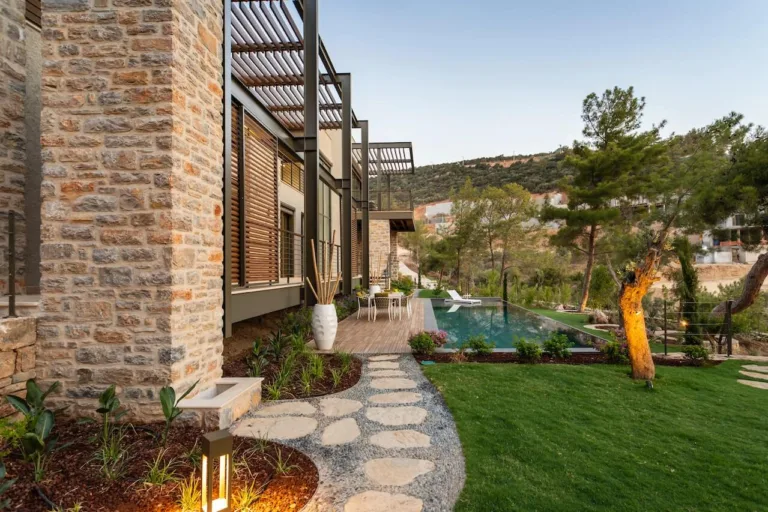
Passive solar homes are designed to utilize how the sun changes throughout the year in order to heat and cool them naturally. Many people might not realize this, but the further you are north or south of the equator, the more the sun moves up and down in a year. This is what creates seasons!
So why not use the thing that naturally creates hot and cold in nature to naturally heat and cool your home?!!
Passive solar homes plan for this by storing or blocking the sun’s energy using planned window placement and house orientations, awnings and thermal mass (dense material). Essentially, passive solar homes aim the building directly at the sun when they want to heat and block the sun when they want to be cooled.
This results in less mechanical systems which results in significant energy savings! Our home uses passive solar ideas and uses 70% less energy. Best of all, we don’t see any increase in monthly costs because the money we save/make on energy is more than our mortgage costs.
Active Solar Homes
Active solar homes employ additional technologies besides solar panels to convert solar energy into usable forms. Technologies include things like:
- Solar water heating – These systems use solar thermal collectors to capture the sun’s heat and transfer it to water for domestic use.
- Solar space heating – These systems work similarly to solar water heaters, directly or indirectly heating the air instead of liquid.
- Daylighting – systems that harness natural sunlight to provide illumination within a home, such as skylights or light tubes.
- Solar ventilation – Strategically planning solar-powered fans and vents to operate automatically when it warms to create air circulation.
Solar-Powered Communities
Solar-powered communities take advantage of their proximity to one another, their pooled money, and their larger scale projects to create opportunities that individual homes don’t have.
Think of it like this, if you buy in bulk, things are usually cheaper. Same for solar homes. If you have a more expensive technology you want to implement, you can share this technology, get better loan rates, or purchase less of them because you live in a communal setting with similar goals.
Some solar-powered communities have personally interconnected systems with one another to take advantage of surplus energy!
2. Which Solar Homes Right for You?
Well, realistically, a mixture of the options might be best. So let’s go through a series of questions that might help you narrow this down.
Are Home Solar Panels Worth It?
If you are here reading this you may have had the question, “Do home solar panels pay for themselves?” Well, let’s not beat around the bush… the answer is that it depends on a bunch of factors…
So let’s run you through a step-by-step of everything that could impact your return on investment so you can plan to make the most money, for the least upfront cost. At the end of each of these sections, I’ll ask you a question about your specific situation to help you figure out if this is the right solution for you.
How Much Does Solar for Homes Cost?
There is really no straightforward answer for this because it will depend on the amount of power you want to generate. It also depends on whether you are adding solar to an existing home or building a new home.
If you are building a new home, you have a really good opportunity to pay way less and make way more. That’s because you can run the wiring during the build, upgrade the panel, and optimize the orientation of your roof if you want to really make some good money.
Typically, it costs somewhere around $2.30/watt to $3.50/watt. So, just as an example, I have a 7,400-watt system that runs our entire home (heat and electricity). Our house is a new build, is in a cold weather climate, and is very energy efficient. All told, that 7,400-watt system cost us around $15,000.
Now, most folks likely won’t come in that cheap… but here is the good news. You can contact a solar company, and they will likely be able to give you an approximation of whether your house is suitable for solar without even coming to your house using the magic of satellites. Then, if they do think you might have a good home for rooftop solar, they will send someone to your property to give you a quote… usually for free.
Check out our article on the best 400-watt solar panels if you are interested in finding out who we recommend.
What's the Return on Investment?
Solar panels have a long lifespan, typically ranging from 25 to 30 years or more. Plus at the end of this 25 to 30-year period, the panels aren’t completely useless. In fact, good companies will often have warranties to ensure they are still producing over 80% by 25 years.
Read more: Best 400-Watt Solar Panels
This means that homeowners can continue to reap the benefits of solar energy and enjoy energy savings for a very extended period of time making the potential for a positive Return on Investment (ROI) very reasonable.
Do Solar Homes Sell for More?
Yes. Positive long-term ROI from solar panels and energy efficiency can definitely make your property more valuable.
A report from Zillow showed that homes with solar panels sell for an average of 4.1% more than homes without solar panels and Rocket Homes showed that residences with solar panels are 24.7% more likely to sell above their asking price.
Do Solar Homes Sell Faster?
Yes. A study from the National Renewable Energy Laboratory found that solar homes sold 20% faster than homes without solar panels.
Where do you Live?
Where you live is quite an important variable in the equation of solar panels. Not only because specific solar homes work better in certain climates, but also because location greatly impacts the return you will see on your investment.

What Solar Homes Work Best for Your Climate?
Climate and weather impact the type of solar strategies you use.
For example, the further solar homes are from the equator the larger the temperature fluctuations you will have to plan for. If you are north of the equator you will get the most heat and power from orienting south, if you are south of the equator you will get the most heat and power from orienting north, and if you are near the equator you want to plan for cooling and face solar panels up.
Solar homes still offer amazing potential for savings when they don’t perfectly face towards or away from the sun, but you can definitely get a better bang for your buck by planning for these things in advance.
How Does Location Impact Your Investment?
It’s important to know that regions have very different means of supporting solar homes. Unfortunately, it would be impossible for me to answer all these questions for each region. But, here are the key factors to know a bit about to approximate the return on your investment:
- Climate – It’s important to know if your area is shady or sunny, cold or hot, wet or dry, and what angle is the sun in winter vs. summer.
- Grants and funding – Do government incentives exist? Is financing hard to get? Do you need a construction loan or a solar loan? Are mortgage rates low enough to get a better return for borrowing?
- Building codes – Are there height restrictions, engineering restrictions, or safety requirements?
- Utility policies – Is there a setup fee? Will your grid let you sell back power? What size of the system can you have?
- Cost of materials – How much do solar panels and installation generally cost? This is often tied to the remoteness of your area and taxes.
3. How to Get the Best Bang for Buck?
Generally, it comes down to what goals you are trying to hit, the property you own, how efficient you are when using power, and who you choose to be a part of your project.
But, let’s explore the big questions you should be considering when building solar homes.
Read more: Our Best 7 Tips for Building a Net-Zero Home
Which Solar Home System is Right for You?
Tricky question. My answer… it depends on how far you want to go.
If you are looking to get solar panels, then I would suggest contacting a qualified installer with multiple years of experience. These years of experience are important not only because they are likely able to get you a good value, but also because a warranty can be a very important part of these investments, and companies that have operated longer are likely to stay in business.
Read more: Best 400-Watt Solar Panels
If you are looking to do a complete retrofit of an existing home or a new net-zero build, I would suggest getting a home solar consultant with the appropriate credentials. Ask to do a tour of a build that they have been involved with, and ensure that you tell them what your goals are.
Where to Buy Home Solar Panels
First off, you are going to want to figure out what size of solar panels work best for you and if you plan on going through an installer.
These days, the most popular size of solar panels for homes is around 400 watts. This is because they fit the best on strange roof shapes and have great efficiency (power per area). If you are thinking of completing a pretty big project I would recommend going with a solar installer.
Read more: Best 400-Watt Solar Panels
If you are thinking of a smaller do-it-yourself project (e.g. shed) then you would likely want a smaller sized panel to fit the small space.
Read more: Best 300 Watt Solar Panels, Best 200 Watt Solar Panels, Best 100 Watt Solar Panels
Home Energy Monitoring
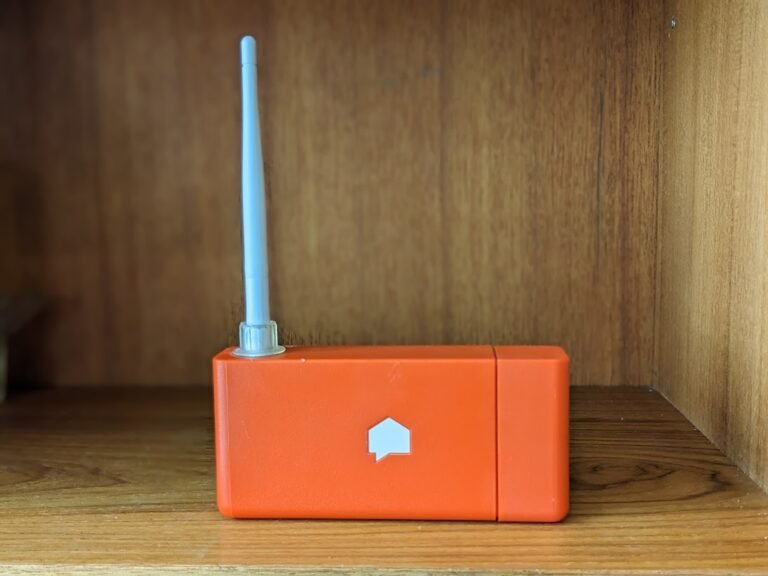
Home energy monitoring is a simple means of becoming more efficient by gaining a better understanding of what things in your home are bigger energy users. You can monitor your home using relatively inexpensive, simple-to-install, and highly intuitive devices that attach to your electrical panel.
Then when you find high-use items, you can focus on researching replacements for those first. Personally, we use the Sense Home Monitoring System because it has integrated AI which learns items in your house as you use them. But, the Emporia Energy Monitors are a great option too.
Read More: Our Top 7 Tips for Building a Net-Zero Home
Solar Homes Grants and Funding
In some regions, there are government incentives and programs that promote solar energy adoption, such as tax credits, grants, no-interest loans, or feed-in tariffs. These incentives can also increase the value of a solar home, as they provide financial benefits to both current and future homeowners.
Grants may be available if you are looking to create your own solar homes. This allows you to double up on offsetting the upfront cost. Be sure to check your municipality, state/province, and country for grants as they can come from all different government levels. You may also get access to carbon credits which some parties will purchase from you.
Cheap Energy Efficiency
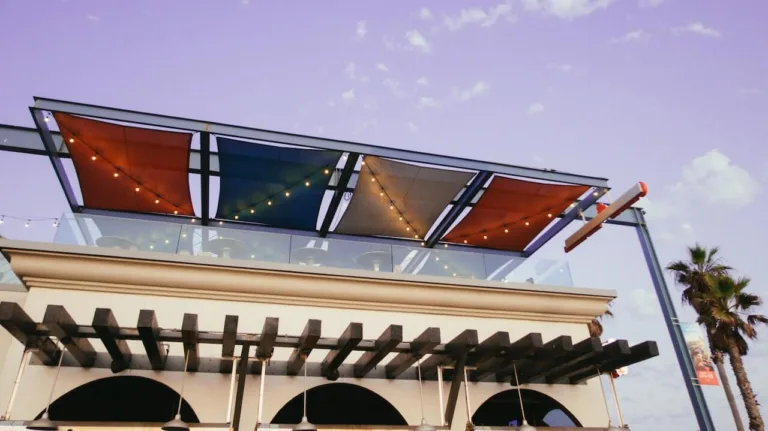
People often ask me what I think the number one technology is for energy efficiency, and I have to say… my answer is not sexy, but it is an unbelievable bang for the buck!
Awnings! You know, those weird things that used to be on your grandma and grandpa’s house? If you have properly placed awnings that are calculated for how the sun angle changes throughout the year, you can let tons of free sun in when you need warmth and cool your house for free when it’s hot.
Our solar home has awnings on all south-facing windows and it feels toasty in the winter and air-conditioned in the summer (we have no air conditioning). Best of all, they only cost us $2,500 and they look dang good.
4. Other Things to Consider?
Indoor Air Quality
This one might seem strange given that we are talking about solar homes, but indoor air quality can be greatly impacted by solar homes… both positively and negatively. How?
Well, if you are looking to create a highly energy-efficient envelope (e.g. windows, insulation, sealing drafts), you are likely decreasing the number of holes in your house’s exterior. And that is definitely a good thing for heat! But, that is also how you get clean air into your home which lowers the concentrations of unwanted chemicals that you breathe.
If you are building a new home, you may want to look into installing an HRV system or an ERV system to bring air into your home while keeping your temperatures stable.
If you are renovating a home, you may consider looking into indoor air quality monitors, which are pretty cheap and can tell you if chemicals concentrations are exceeding levels that you would want to breathe.
Read More: Our 7 Best Tips for Building a Net-Zero Home
5. Additional Resources
Frequently asked questions on solar panels
Can Home Solar Charge an Electric Car?
Yes. Definitely. Generally, 6 to 12 solar panels (400 Watt) should be enough to cover your cars daily needs.
And installing solar may have an advantage in that you might upgrade your homes electrical system as part of the rooftop solar installation. This means that you can likely install a faster charging system as part of the upgrades.
What are the environmental down sides?
Everyone knows that solar panels take resources and energy to produce. However, life cycle assessments of solar panels show they are in the top 3 spots of least impactful energy sources. So you may as well consider that an environmental upside in comparison to how you might be getting your power now.
